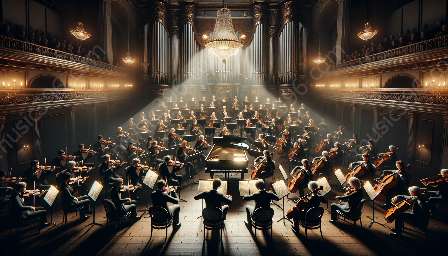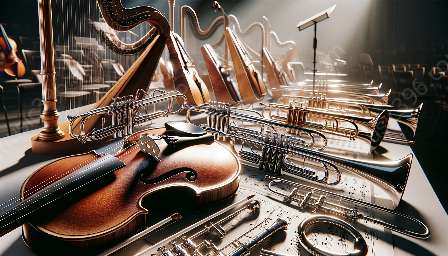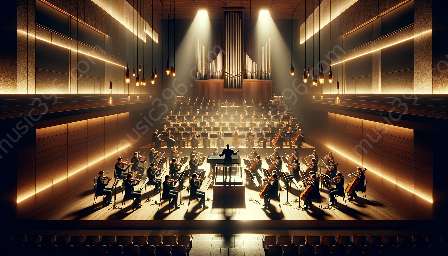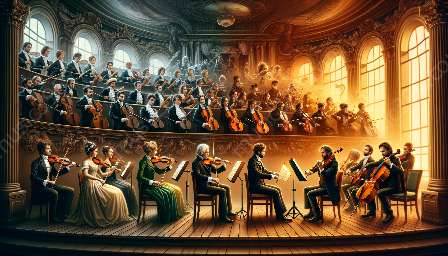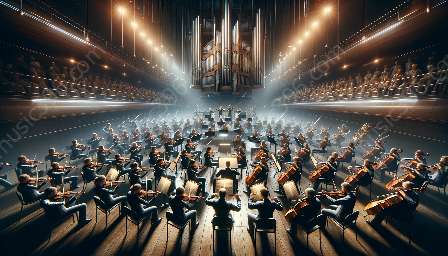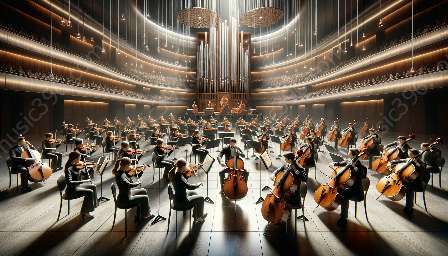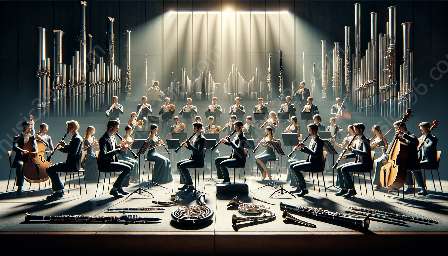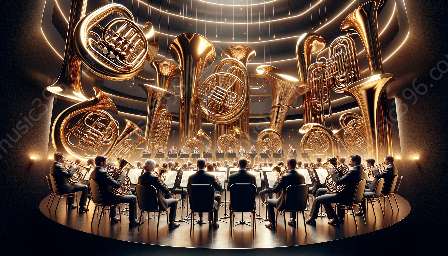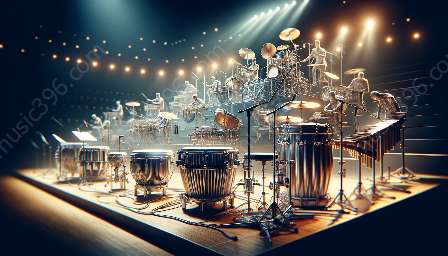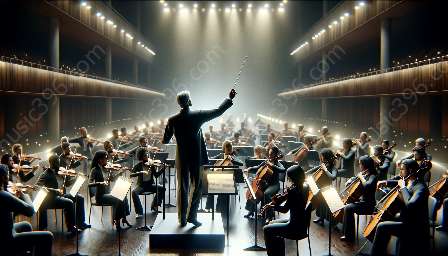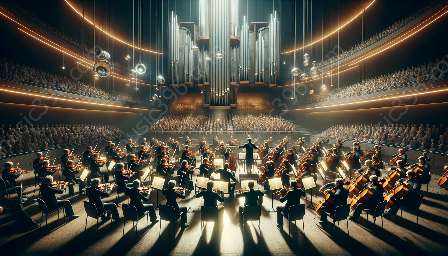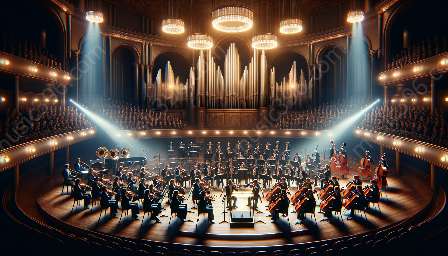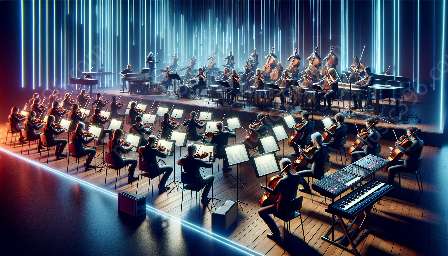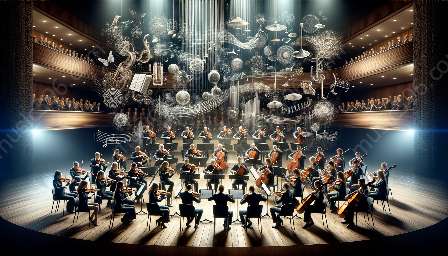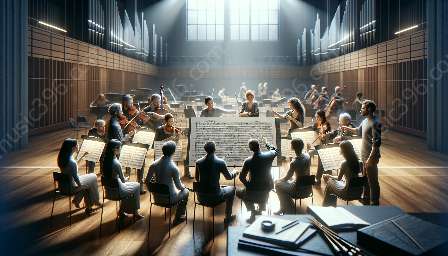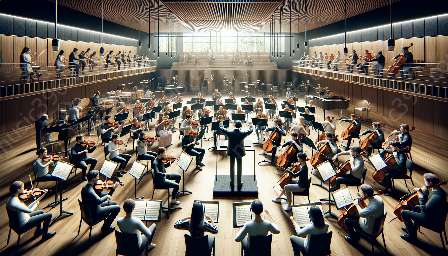Orchestration and arranging are both crucial elements in the creation and performance of music. They involve the organization and manipulation of musical elements to achieve cohesive and impactful compositions. However, there are distinct differences between the two processes, which have evolved over centuries of musical history.
History of Orchestration
The history of orchestration dates back to ancient civilizations such as the Greeks and Romans, who utilized various instruments and vocal ensembles. However, the formal practice of orchestration as we know it today began to take shape during the Baroque era (1600-1750) with the rise of composers like Johann Sebastian Bach and George Frideric Handel. These composers were instrumental in structuring and organizing musical compositions for ensembles, laying the groundwork for modern orchestration.
During the Classical era (1750-1820), composers such as Wolfgang Amadeus Mozart and Ludwig van Beethoven expanded the orchestral palette, utilizing a wider range of instruments and developing new techniques for orchestration. The Romantic era (1820-1900) saw further advancements in orchestration, with composers like Hector Berlioz and Richard Wagner pushing the boundaries of orchestral composition through the use of larger ensembles and innovative instrumentation. The 20th century witnessed a more diverse and experimental approach to orchestration, with composers like Igor Stravinsky and Claude Debussy redefining the possibilities of instrumentation and sound manipulation.
Orchestration: An Overview
Orchestration is the art of selecting and organizing instruments and voices within a musical composition to achieve a desired sound and emotional impact. It involves determining which instruments will be used, assigning specific musical lines to each instrument, and balancing the overall texture of the ensemble. Orchestration also includes considerations of timbre, dynamics, and articulation, allowing composers to create intricate and expressive musical works.
Orchestration requires a deep understanding of each instrument's capabilities, as well as an awareness of how instruments interact with one another in an ensemble setting. Composers use orchestration to bring their musical ideas to life and evoke specific emotions within their compositions. The orchestral score serves as a blueprint for performers, guiding them in their interpretation and execution of the music.
Arranging: A Creative Process
Arranging involves adapting an existing piece of music or song for a different instrumentation or musical setting. It may also encompass reimagining the structure and style of a composition to give it a fresh and distinctive interpretation. Arrangers often work with pre-existing melodies or harmonic progressions, striving to infuse new life and character into the music through creative reworking and reorchestration.
Arranging is a versatile and creative process that allows musicians to present familiar tunes in novel ways, catering to specific genres or performance contexts. Whether rearranging a jazz standard for a big band ensemble or orchestrating a pop song for a symphony orchestra, arrangers aim to capture the essence of the original piece while infusing it with new nuances and sonic textures.
Similarities between Orchestration and Arranging
Despite their distinct purposes, orchestration and arranging share several commonalities. Both disciplines involve the manipulation and organization of musical elements, such as melody, harmony, rhythm, and texture, to create cohesive and engaging musical works. Additionally, both processes require a deep understanding of instrumental capabilities, as well as a keen ear for sonic balance and expressive phrasing.
Furthermore, orchestration and arranging demand a thorough knowledge of musical styles, genres, and historical contexts, enabling composers and arrangers to effectively convey their artistic intentions while honoring the traditions and idioms of the music they are working with. Additionally, both orchestration and arranging contribute to the rich tapestry of musical expression, allowing for diverse interpretations and performances of a wide range of musical repertoire.
Differences between Orchestration and Arranging
While orchestration and arranging share common ground, they also exhibit notable differences. The primary distinction lies in their core objectives: orchestration is focused on crafting original compositions or adapting existing music for orchestral ensembles, while arranging centers on reinterpreting and reworking pre-existing compositions for a variety of musical settings and genres.
Another key difference is the level of creative freedom and improvisation inherent in each process. Orchestration often involves composing from scratch, requiring composers to conceive and develop musical ideas that translate seamlessly to orchestral instrumentation. Arranging, on the other hand, allows for greater flexibility and imaginative exploration, as arrangers have the liberty to mold existing material in innovative ways without the constraints of composing entirely new musical material.
Furthermore, the role of performers differs in orchestration and arranging. Orchestration primarily serves as a guide for orchestral performers, providing them with specific instructions for interpreting and executing the composer's vision. In contrast, arranging invites performers to engage in collaborative interpretation and expression, allowing for a more improvisational and interactive approach to the music.
Conclusion
Orchestration and arranging represent integral aspects of musical creation and performance, each offering distinct approaches to manipulating and organizing musical elements. The history of orchestration reflects centuries of innovation and evolution, shaping the way composers and arrangers craft and present their musical works. While orchestration is rooted in the meticulous orchestral organization and composition, arranging thrives on imaginative reinterpretation and adaptation, catering to diverse musical genres and audiences.
Ultimately, both orchestration and arranging contribute to the rich tapestry of musical expression, allowing for the continuous exploration and reinvention of musical compositions across various styles and traditions.

